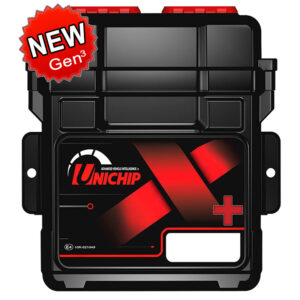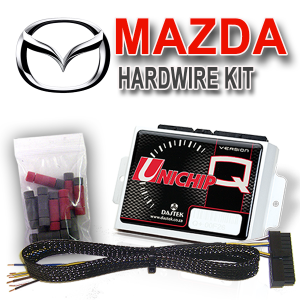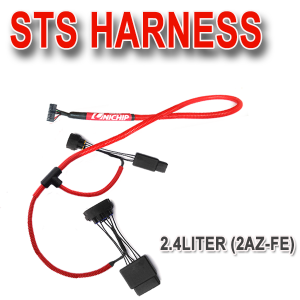Tag Archives: Controller Area Network
FORD 6.0 Liter Diesel
FORD 6.0 Liter Diesel
ELECTRONIC ENGINE CONTROL (EEC) SYSTEM
Overview
The powertrain control module (PCM or ECU) contains both engine and transmission microprocessors. Operating information, as well as concern information, is communicated between the 2 processors through the controller area network (CAN). Both can be programmed individually.
Fuel control is accomplished by the PCM and the fuel injector control module (FICM). The 2 modules communicate operational information through private J1939 CAN communications.
The Ford EEC system provides optimum control of the engine and transmission through the enhanced capability of the PCM. The EEC system also has an on board diagnostics (OBD II) monitoring system with features and functions to meet federal regulations on exhaust emissions.
The EEC system has 2 major divisions: hardware and software. The hardware includes the PCM, FICM, sensors, switches, actuators, solenoids, and interconnecting terminals. The software in the PCM provides the strategy control for outputs (engine and transmission hardware) based on the values of the inputs to the PCM. The software in the FICM provides the strategy control for the fuel injectors based on the values of the outputs from the PCM. The EEC hardware and software are discussed.
The PCM receives information from a variety of sensor and switch inputs. Based on the strategy and calibration stored within the memory chip, the PCM generates the appropriate output. The system is designed to minimize emissions and optimize fuel economy and driveability. The software strategy controls the basic operation of the engine and transmission, provides the OBD strategy, controls the malfunction indicator lamp (MIL), communicates to the scan tool through the data link connector (DLC), allows for flash electrically erasable programmable read only memory (EEPROM), and controls failure mode effects management (FMEM).




